Home>Furniture & Design>Bathroom Accessories>How To Cover A Medicine Cabinet Hole
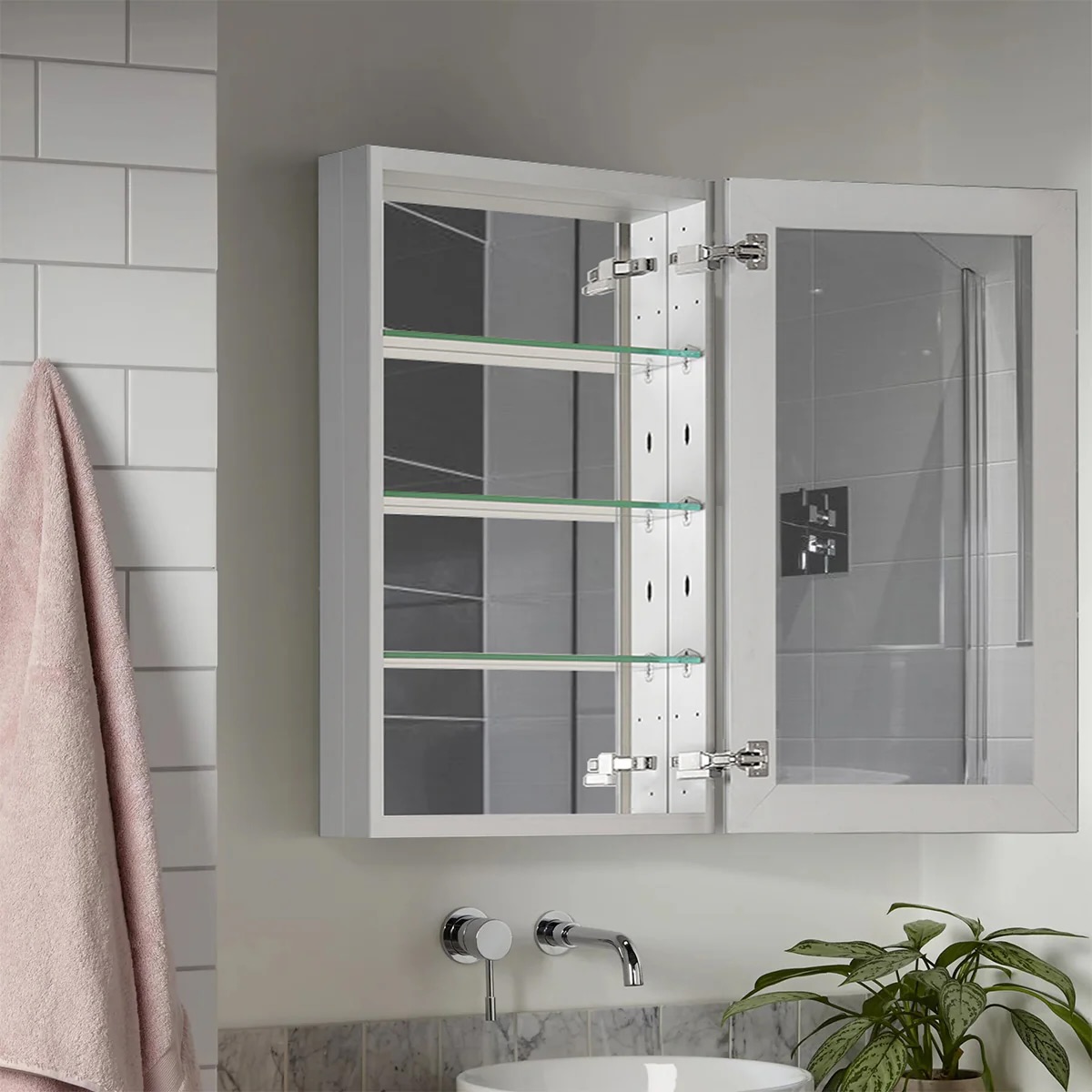

Bathroom Accessories
How To Cover A Medicine Cabinet Hole
Modified: August 28, 2024
Learn how to cover a medicine cabinet hole with our easy step-by-step guide. Find the best bathroom accessories to complete the look.
(Many of the links in this article redirect to a specific reviewed product. Your purchase of these products through affiliate links helps to generate commission for Storables.com, at no extra cost. Learn more)
Introduction
Covering a hole left behind by a removed medicine cabinet is a common task when renovating a bathroom. Whether you're updating the look of your bathroom or simply replacing an old medicine cabinet, knowing how to cover the resulting hole is essential. This comprehensive guide will walk you through the step-by-step process of covering a medicine cabinet hole, ensuring that your bathroom walls look seamless and polished.
When it comes to bathroom renovations, attention to detail is key. A medicine cabinet hole can be an eyesore if left unaddressed, detracting from the overall aesthetic of the space. By following the steps outlined in this guide, you can achieve a professional-looking result that seamlessly blends with the rest of your bathroom decor.
In the following sections, we will discuss the materials needed for the task, the preparation required to ensure a smooth finish, and the step-by-step process of filling, sanding, priming, and painting the area. By the end of this guide, you will have the knowledge and confidence to tackle this project with ease, leaving your bathroom walls looking flawless and refreshed.
Whether you're a seasoned DIY enthusiast or a novice looking to take on a new home improvement project, covering a medicine cabinet hole is a manageable task with the right guidance. With a few essential materials and a systematic approach, you can transform an unsightly hole into a seamless surface that enhances the overall appeal of your bathroom.
So, let's dive into the step-by-step process of covering a medicine cabinet hole and revitalizing your bathroom walls. With a little time and effort, you can achieve a professional-looking result that adds a touch of sophistication to your bathroom space.
Key Takeaways:
- Transform unsightly medicine cabinet holes into seamless surfaces with a few essential materials and a systematic approach, adding sophistication to your bathroom space.
- Achieve a flawless and polished finish by meticulously preparing, filling, sanding, priming, painting, and reattaching the medicine cabinet, revitalizing your bathroom walls.
Step 1: Gather the necessary materials
Before embarking on the task of covering a medicine cabinet hole, it's essential to gather the necessary materials to ensure a smooth and efficient process. Here's a comprehensive list of items you'll need for this project:
-
Drywall Patch Kit: This kit typically includes a self-adhesive patch, spackling compound, putty knife, and sandpaper. Opt for a patch that is slightly larger than the hole for adequate coverage.
-
Putty Knife: A putty knife is essential for applying the spackling compound and smoothing the surface of the patch.
-
Sandpaper: Choose fine-grit sandpaper to ensure a smooth finish. Sandpaper is used for both smoothing the patch and preparing the surrounding area for painting.
-
Primer: A high-quality primer is crucial for ensuring proper adhesion of the paint to the patched area. Look for a primer specifically designed for use on drywall.
-
Paint: Select a paint color that matches the existing wall color. If you don't have leftover paint from the original wall, consider taking a sample to the hardware store for color matching.
-
Paintbrush or Roller: Depending on the size of the patched area, you may need a paintbrush or roller for applying the paint evenly.
-
Painter's Tape: This will be used to protect the surrounding area from accidental paint splatter and ensure clean, straight edges.
-
Drop Cloth or Plastic Sheeting: Cover the floor and any fixtures near the work area to protect them from dust, spackling compound, and paint.
-
Dust Mask and Safety Glasses: When sanding the patch and surrounding area, it's important to protect yourself from airborne particles with a dust mask and wear safety glasses for eye protection.
-
Cleaning Supplies: Have a damp cloth or sponge on hand for cleaning the area before priming and painting.
By ensuring that you have all the necessary materials before starting the project, you can streamline the process and avoid interruptions. With these items at your disposal, you'll be well-prepared to tackle each step of covering the medicine cabinet hole effectively, ultimately achieving a seamless and professional-looking result.
Step 2: Prepare the hole
Before filling the medicine cabinet hole, it's crucial to prepare the area to ensure a seamless and long-lasting result. Proper preparation sets the foundation for a smooth and professional-looking finish. Here's a detailed breakdown of the steps involved in preparing the hole:
Clear the Surrounding Area
Start by clearing the immediate area around the hole. Remove any debris, dust, or loose particles that may have accumulated in and around the hole. Use a damp cloth or sponge to wipe the area clean, ensuring that the surface is free from any obstructions that could interfere with the patching process.
Sand the Edges of the Hole
Using fine-grit sandpaper, gently sand the edges of the hole to create a smooth and even surface. This step is essential for removing any rough or jagged edges that could affect the adhesion of the patch. By smoothing the edges, you create a seamless transition between the patch and the surrounding wall, ensuring a cohesive and polished result.
Read more: How To Measure A Medicine Cabinet
Apply Primer to the Edges
Once the edges of the hole are sanded, apply a thin coat of primer to the exposed drywall. The primer helps seal the porous edges, preventing the spackling compound from being absorbed too quickly. Additionally, the primer promotes better adhesion of the spackling compound, ensuring a strong bond between the patch and the wall.
Protect the Surrounding Area
Before proceeding with the patching process, it's important to protect the surrounding area from dust and potential splatters. Use painter's tape to mask off the area immediately surrounding the hole, creating a clean and defined boundary for the patching and painting process. Additionally, cover the floor and any fixtures near the work area with a drop cloth or plastic sheeting to prevent dust and debris from settling on surfaces.
By meticulously preparing the hole and its surroundings, you set the stage for a successful patching and painting process. These preparatory steps not only ensure a professional-looking result but also contribute to the longevity and durability of the patched area. With the hole properly prepared, you're ready to move on to the next steps of filling and smoothing the surface, bringing you closer to achieving a flawless finish in your bathroom.
Step 3: Fill the hole
Filling the hole left by a medicine cabinet requires precision and attention to detail to achieve a seamless and polished finish. The following steps outline the process of filling the hole with a drywall patch kit:
-
Select the Patch: Begin by choosing a self-adhesive drywall patch from the kit that is slightly larger than the hole. The patch should provide ample coverage and overlap the edges of the hole for a secure and stable foundation.
-
Apply the Patch: Carefully peel the backing from the self-adhesive patch and position it over the hole, ensuring that it adheres smoothly to the surrounding wall. Press firmly to secure the patch in place, smoothing out any air bubbles or wrinkles for a flush application.
-
Apply Spackling Compound: Using a putty knife, apply a thin layer of spackling compound over the patch, extending it slightly beyond the edges of the patch to blend with the surrounding wall. The spackling compound fills in the gaps and creates a smooth transition between the patch and the wall, effectively concealing the hole.
-
Smooth the Surface: After applying the spackling compound, use the putty knife to gently smooth the surface, removing any excess compound and ensuring a level finish. Pay close attention to the edges of the patch, feathering the compound to seamlessly merge with the surrounding wall texture.
-
Allow for Drying Time: Allow the spackling compound to dry completely according to the manufacturer's instructions. This drying period is crucial for the compound to set and harden, preparing the surface for the next steps of sanding and painting.
By following these steps, you can effectively fill the medicine cabinet hole with a drywall patch kit, creating a solid and seamless foundation for the subsequent stages of the process. With the hole filled and the patch securely in place, you're ready to move on to the next steps of sanding and priming the area, bringing you closer to achieving a flawless and professional-looking result in your bathroom.
Step 4: Sand and smooth the surface
Once the spackling compound has dried completely, the next crucial step in covering a medicine cabinet hole is to sand and smooth the patched area. This process is essential for achieving a seamless and polished finish that seamlessly blends with the surrounding wall. Here's a detailed breakdown of the steps involved in sanding and smoothing the surface:
-
Prepare the Sandpaper: Begin by preparing a piece of fine-grit sandpaper. Gently fold the sandpaper to create a firm and manageable surface for sanding. The goal is to create a smooth and even texture on the patched area while feathering the edges to seamlessly merge with the surrounding wall.
-
Sand the Patched Area: Using light to moderate pressure, carefully sand the patched area in a circular motion. Start with the center of the patch, gradually working your way towards the edges. The objective is to level the surface, removing any excess spackling compound and achieving a uniform texture that matches the surrounding wall.
-
Feather the Edges: Pay close attention to feathering the edges of the patch to create a gradual transition between the patched area and the surrounding wall. This technique helps blend the patched section seamlessly, minimizing any visible demarcation between the patch and the original wall texture.
-
Check for Smoothness: Periodically run your hand over the sanded area to assess its smoothness. The surface should feel even and free from any bumps or ridges. If necessary, continue sanding until the entire patched area exhibits a consistent texture that aligns with the surrounding wall.
-
Clean the Area: Once the sanding process is complete, use a damp cloth or sponge to gently wipe the patched area, removing any dust or debris resulting from the sanding. It's essential to clean the surface thoroughly before proceeding to the next step of priming and painting.
By meticulously sanding and smoothing the patched area, you ensure a seamless and professional-looking finish that seamlessly integrates with the existing wall. This step sets the stage for the final stages of priming and painting, bringing you closer to achieving a flawless and revitalized bathroom space.
Read more: How To Build A Medicine Cabinet
Step 5: Prime and paint the area
After successfully filling and smoothing the medicine cabinet hole, the next crucial steps involve priming and painting the patched area to seamlessly blend with the surrounding wall. This process not only ensures a cohesive and polished finish but also contributes to the longevity and durability of the patched surface. Here's a detailed breakdown of the steps involved in priming and painting the area:
Apply Primer
Begin by applying a high-quality primer to the patched area. The primer serves as a crucial preparatory layer, promoting better adhesion of the paint and ensuring uniform coverage. Using a paintbrush or roller, apply a thin and even coat of primer over the patched section, extending slightly beyond the edges to create a seamless transition. Allow the primer to dry completely according to the manufacturer's instructions before proceeding to the next step.
Select the Paint
When choosing paint for the patched area, opt for a color that matches the existing wall. If you have leftover paint from the original wall, this is the ideal opportunity to utilize it. However, if you don't have the exact match, consider taking a sample of the existing paint to the hardware store for color matching. Selecting the right paint color is essential for achieving a cohesive and flawless result.
Apply the Paint
Once the primer has dried, it's time to apply the paint to the patched area. Using a paintbrush or roller, carefully apply the paint in thin, even coats, ensuring complete coverage over the patched section. Feather the edges of the painted area to seamlessly blend with the surrounding wall, creating a uniform and polished finish. Depending on the paint and drying conditions, multiple coats may be necessary to achieve the desired color and coverage.
Read more: How To Update A Medicine Cabinet
Allow for Drying Time
After applying the paint, allow sufficient drying time between coats as per the paint manufacturer's recommendations. It's essential to ensure that each coat dries completely before applying the next one. Patience during the drying process is crucial for achieving a smooth and flawless finish that seamlessly integrates with the rest of the wall.
By meticulously following these steps, you can effectively prime and paint the patched area, achieving a seamless and professional-looking result. The careful application of primer and paint ensures that the patched section blends seamlessly with the surrounding wall, revitalizing your bathroom space and leaving it looking polished and refreshed.
Step 6: Reattach the medicine cabinet
With the patched area now seamlessly integrated into the surrounding wall, the final step in covering a medicine cabinet hole involves reattaching the medicine cabinet itself. This step requires precision and attention to detail to ensure that the cabinet is securely mounted, aligning perfectly with the patched area. Here's a detailed breakdown of the process of reattaching the medicine cabinet:
-
Position the Cabinet: Carefully position the medicine cabinet over the patched area, ensuring that it aligns perfectly with the surrounding wall. Take precise measurements to ensure that the cabinet is centered and level, creating a seamless and balanced appearance.
-
Mark the Mounting Holes: Using a pencil or marker, mark the locations of the mounting holes on the wall. These marks will serve as guides for drilling pilot holes and securing the cabinet in place.
-
Drill Pilot Holes: With the mounting hole locations marked, use a drill and an appropriate drill bit to create pilot holes at the marked positions. Pilot holes help prevent the wall from splitting and facilitate the insertion of screws during the mounting process.
-
Secure the Cabinet: Once the pilot holes are drilled, carefully align the medicine cabinet with the pilot holes and secure it in place using screws. Ensure that the cabinet is firmly anchored to the wall, providing stability and support for its contents.
-
Check for Stability: After securing the cabinet, gently test its stability and ensure that it is securely attached to the wall. Verify that the cabinet is level and flush with the wall, making any necessary adjustments to achieve a perfect fit.
-
Reinstall Shelves and Hardware: With the cabinet securely mounted, reattach any shelves, mirrors, or hardware that were removed during the initial cabinet removal process. Ensure that all components are properly aligned and securely fastened, restoring the functionality and aesthetic appeal of the medicine cabinet.
By meticulously following these steps, you can effectively reattach the medicine cabinet, completing the process of covering a medicine cabinet hole. The reinstalled cabinet, combined with the seamlessly patched area, revitalizes the bathroom space, leaving it looking polished and refreshed. With the medicine cabinet securely in place, your bathroom walls are now flawless and ready to enhance the overall aesthetic of the space.
Frequently Asked Questions about How To Cover A Medicine Cabinet Hole
Was this page helpful?
At Storables.com, we guarantee accurate and reliable information. Our content, validated by Expert Board Contributors, is crafted following stringent Editorial Policies. We're committed to providing you with well-researched, expert-backed insights for all your informational needs.
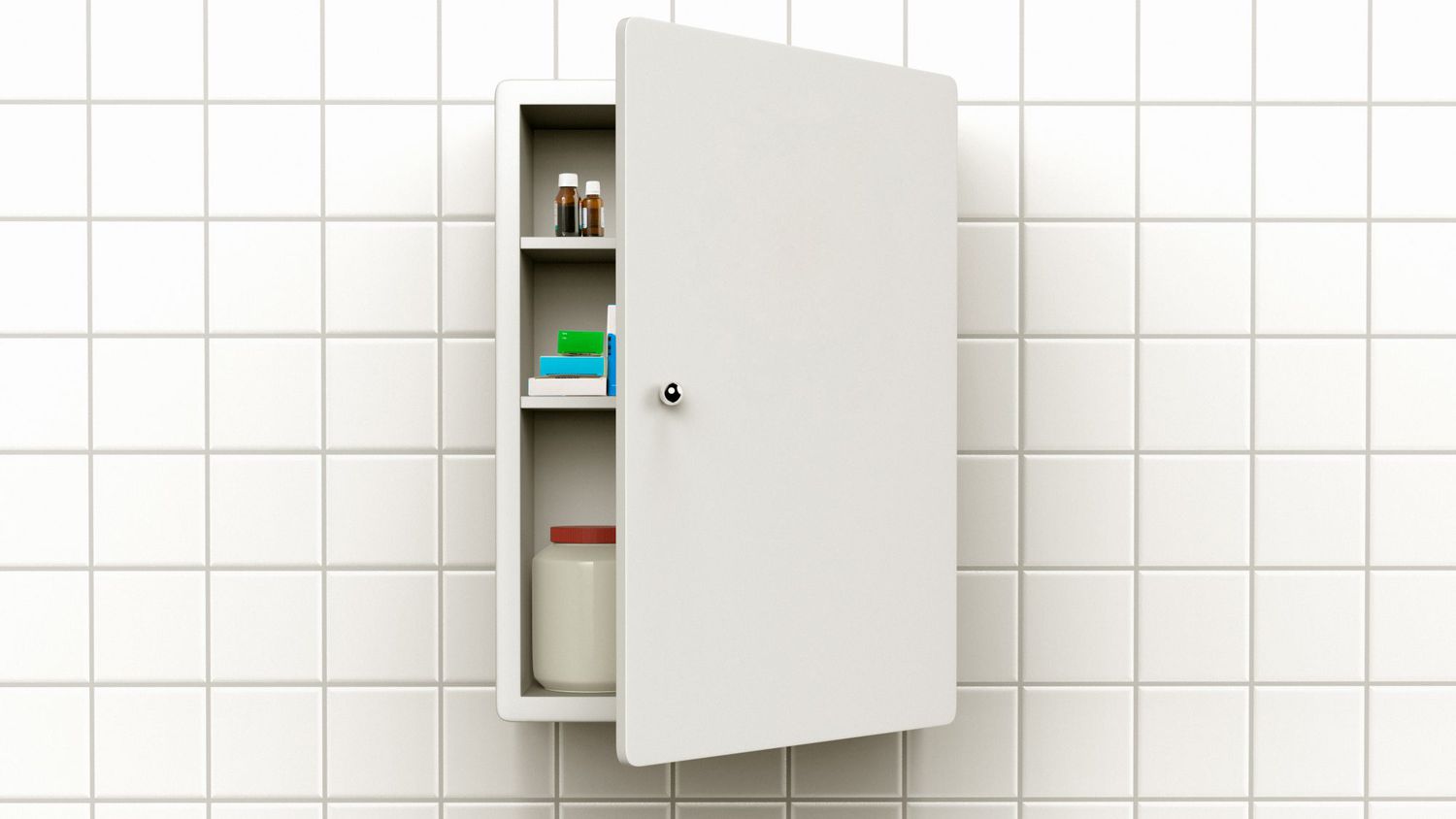
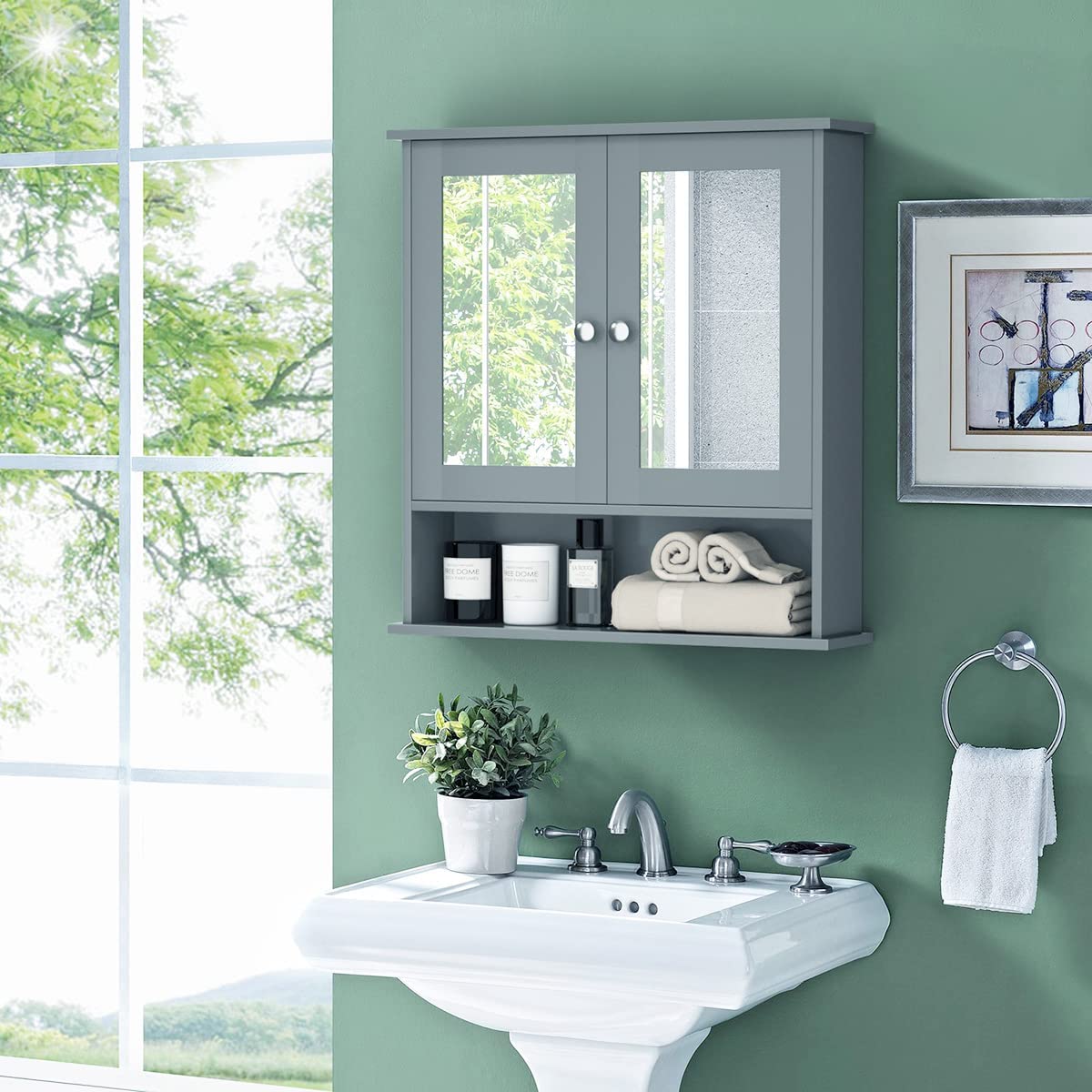
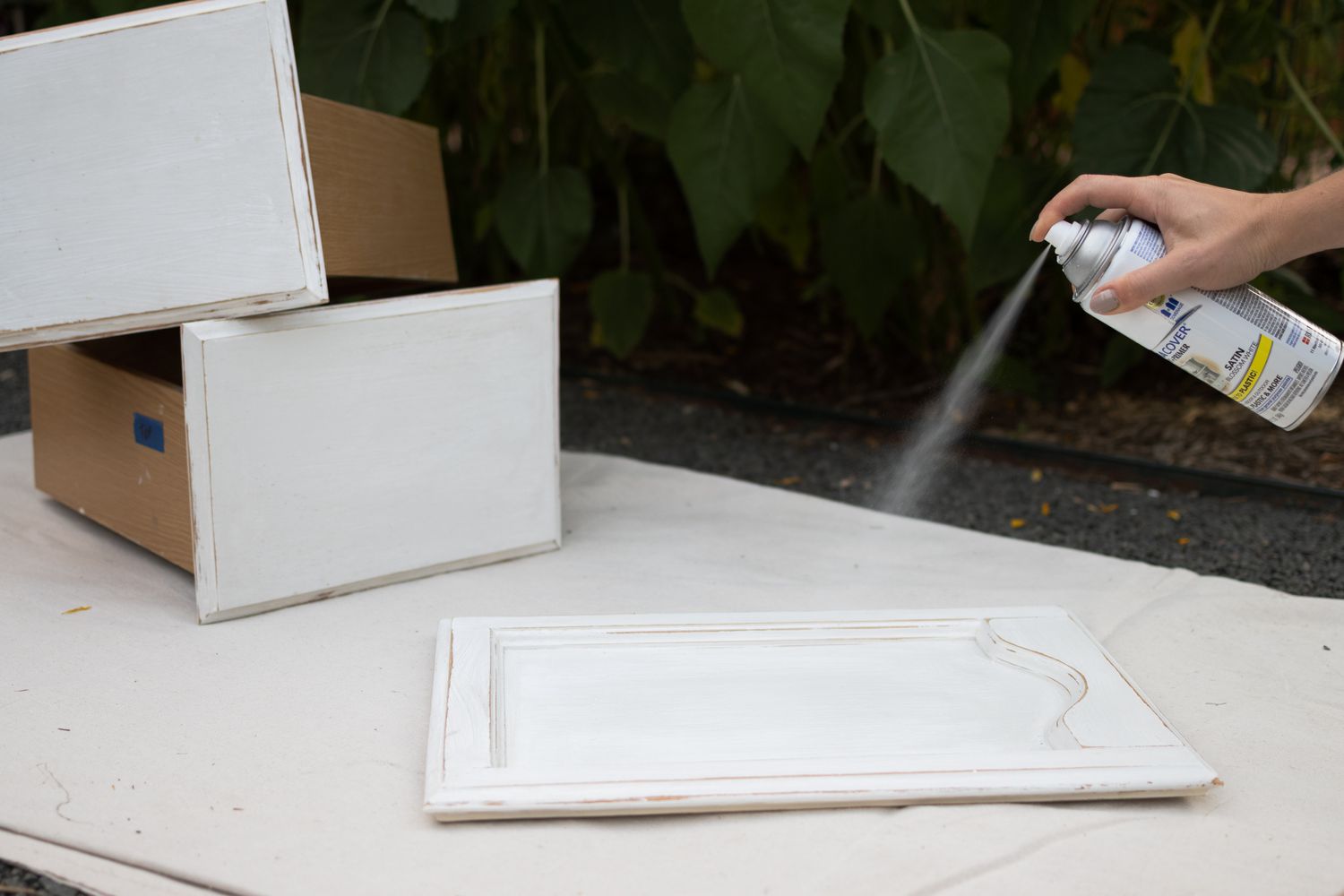
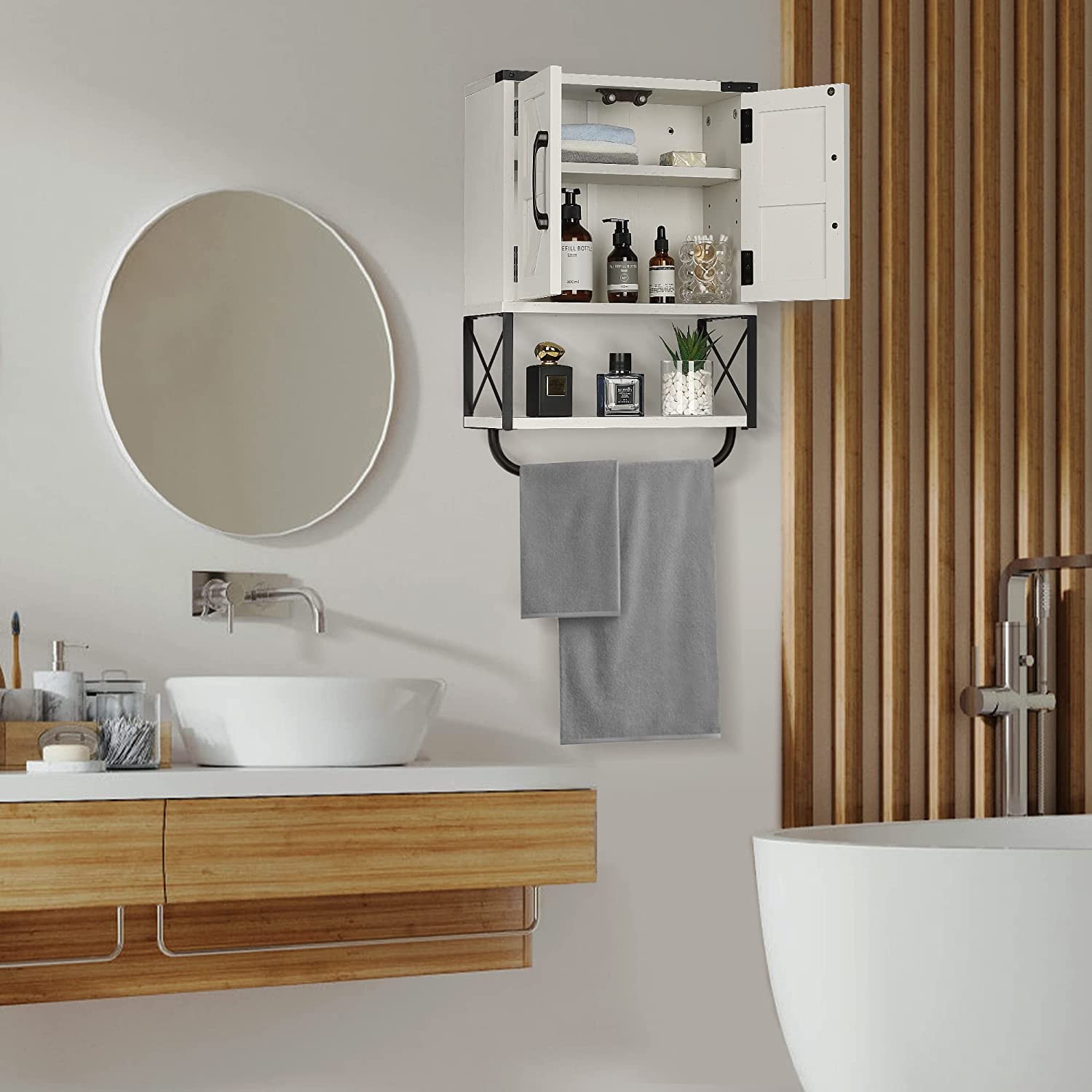
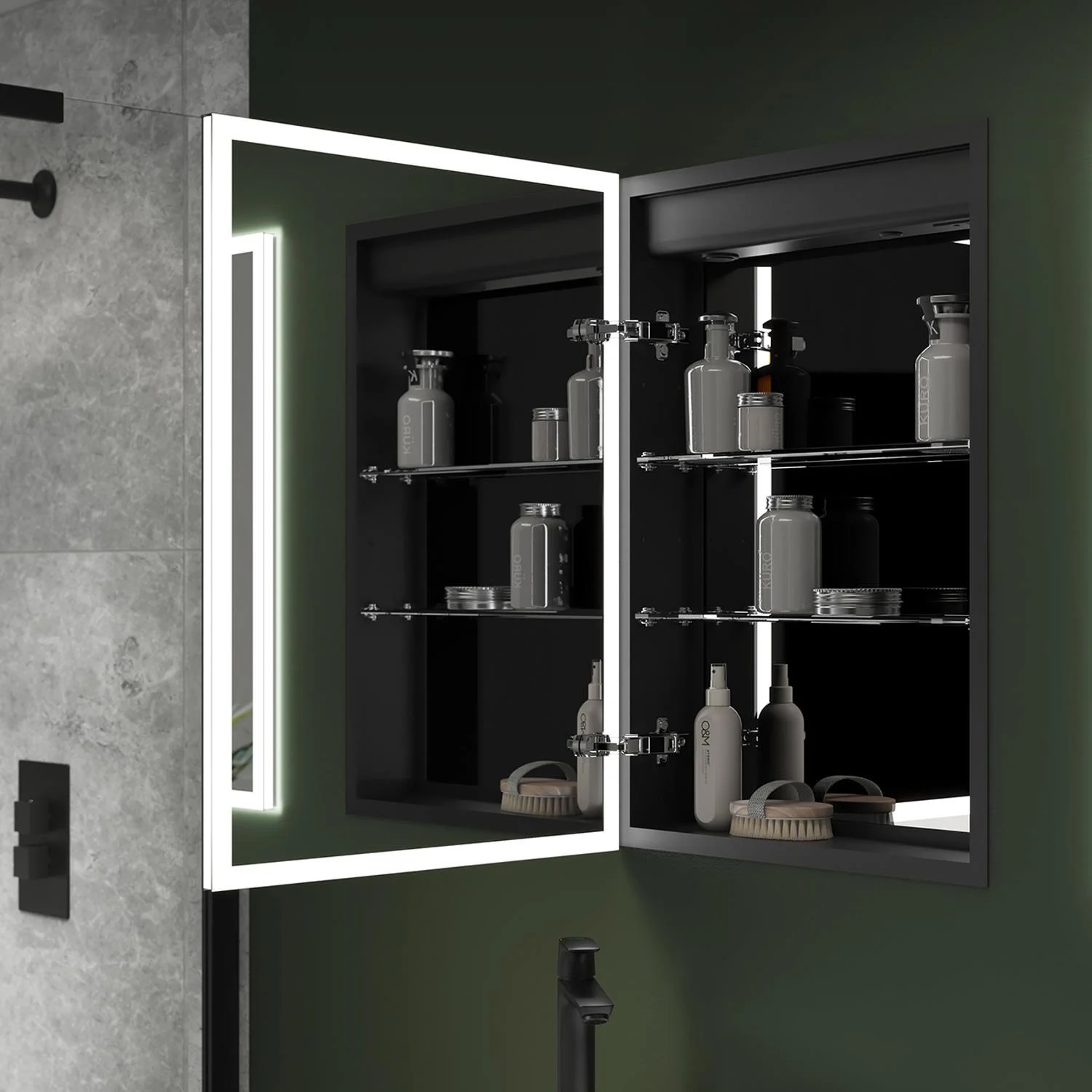
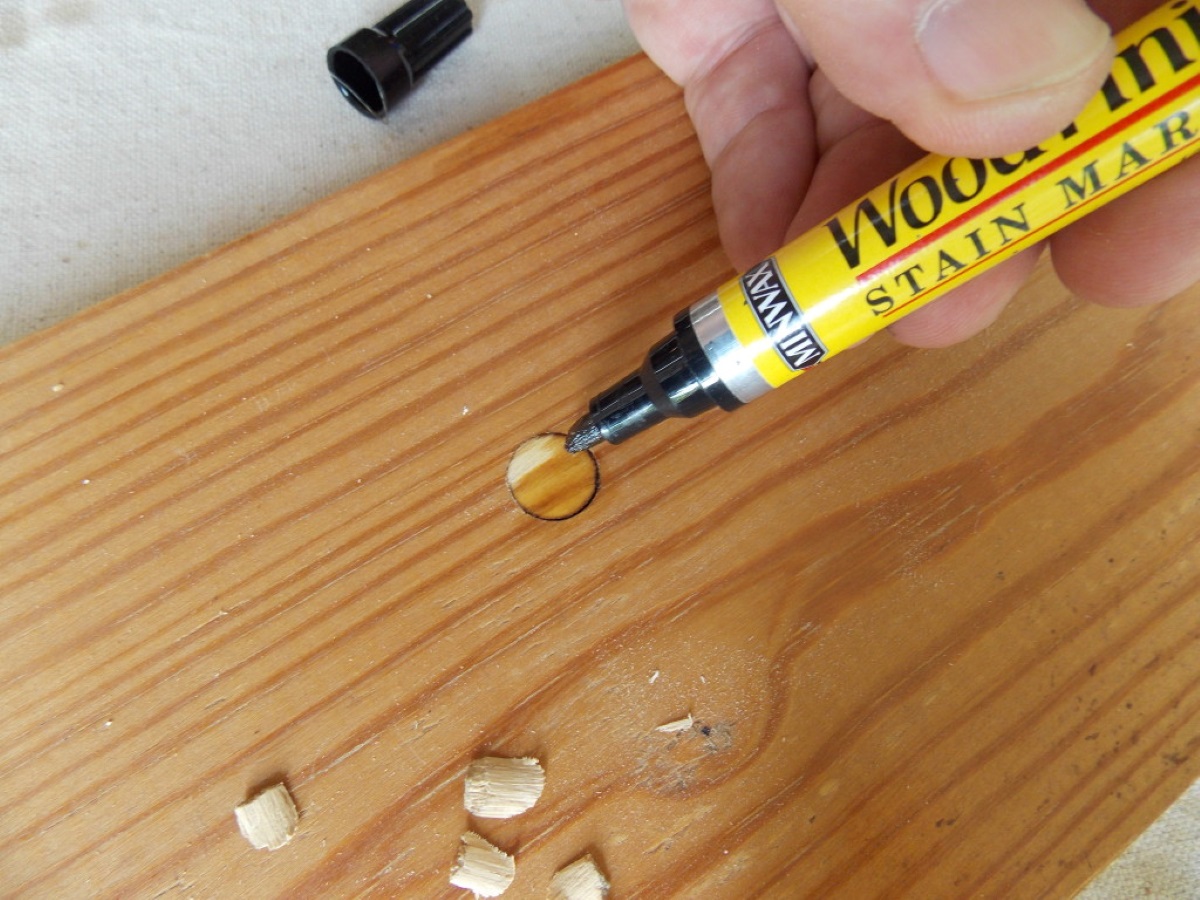

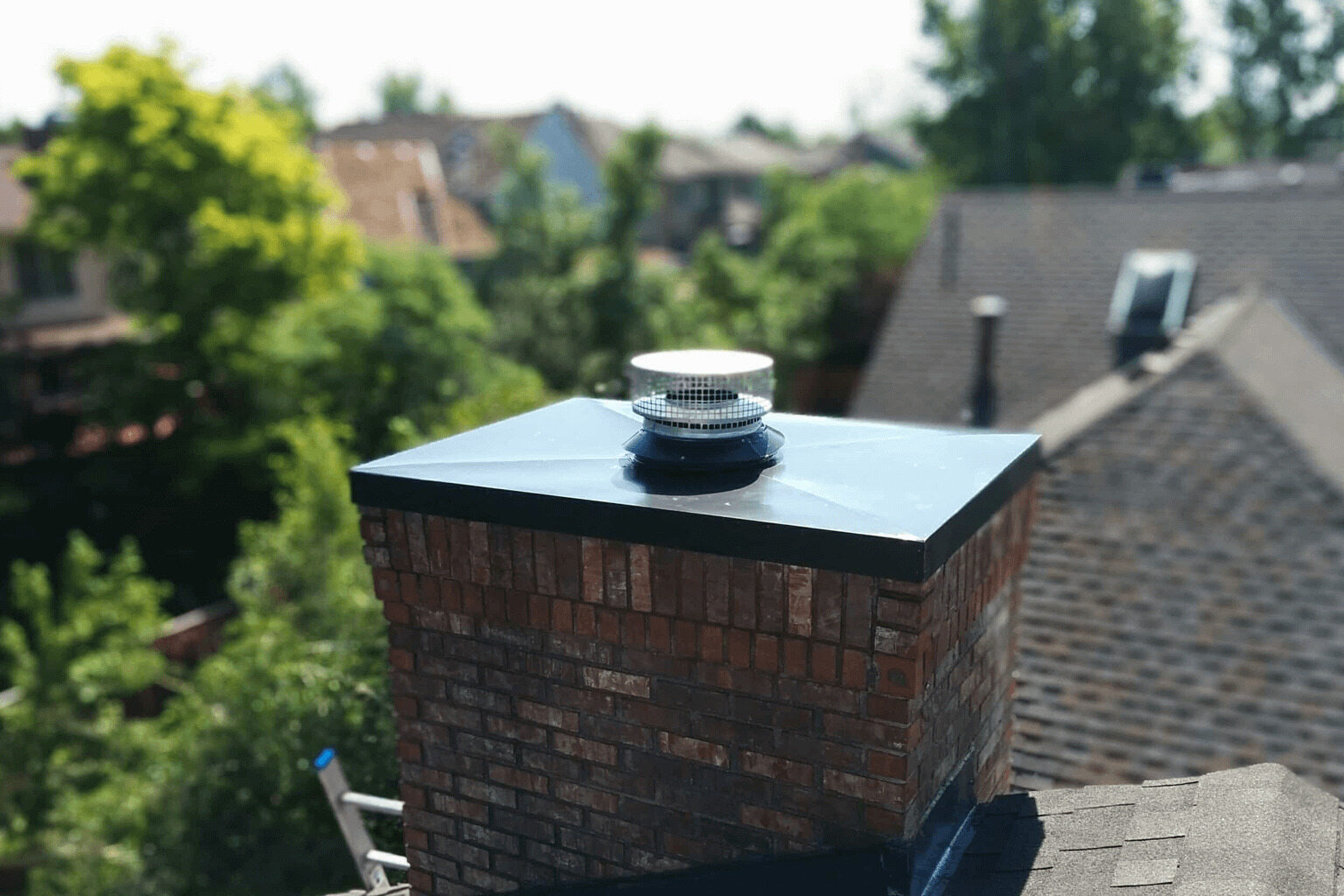
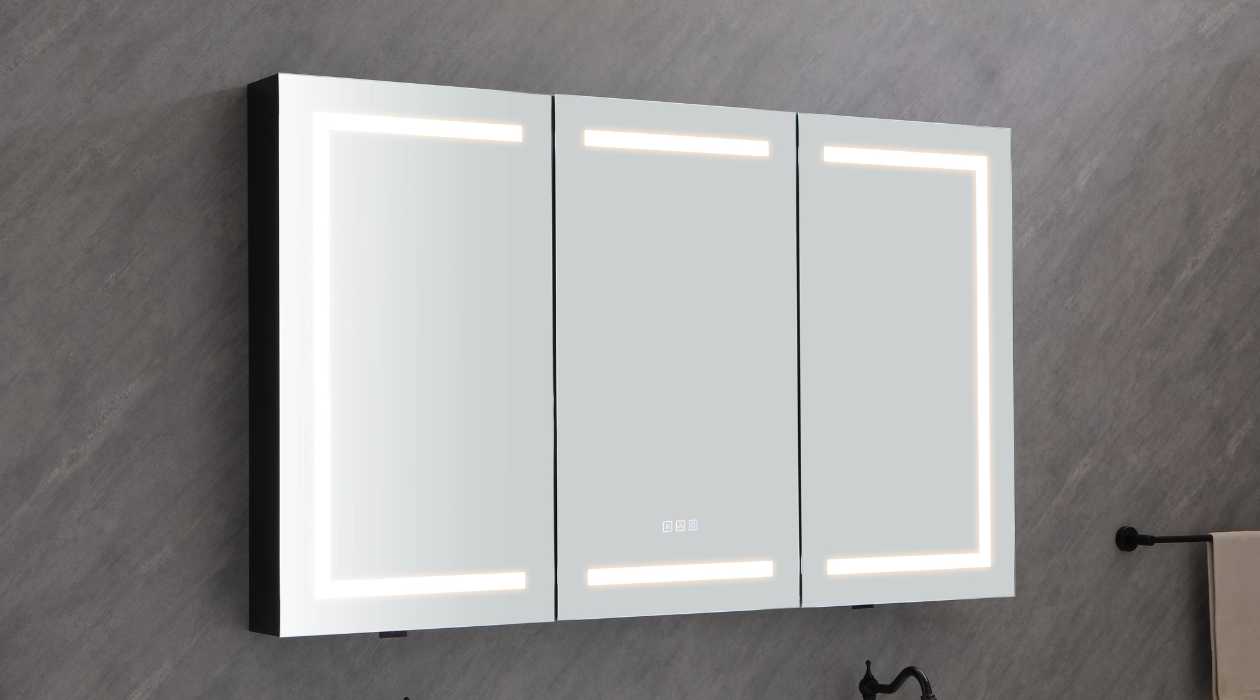

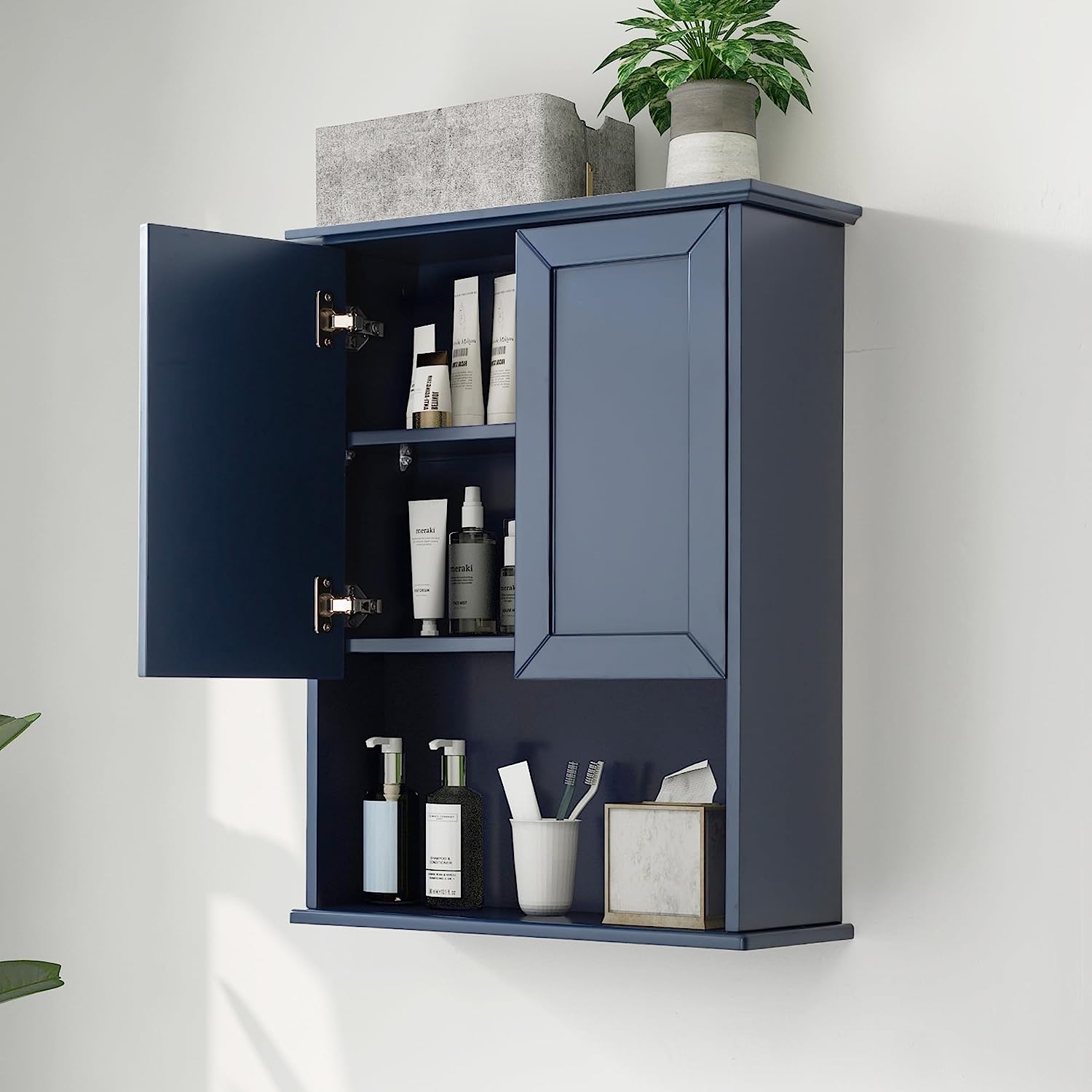
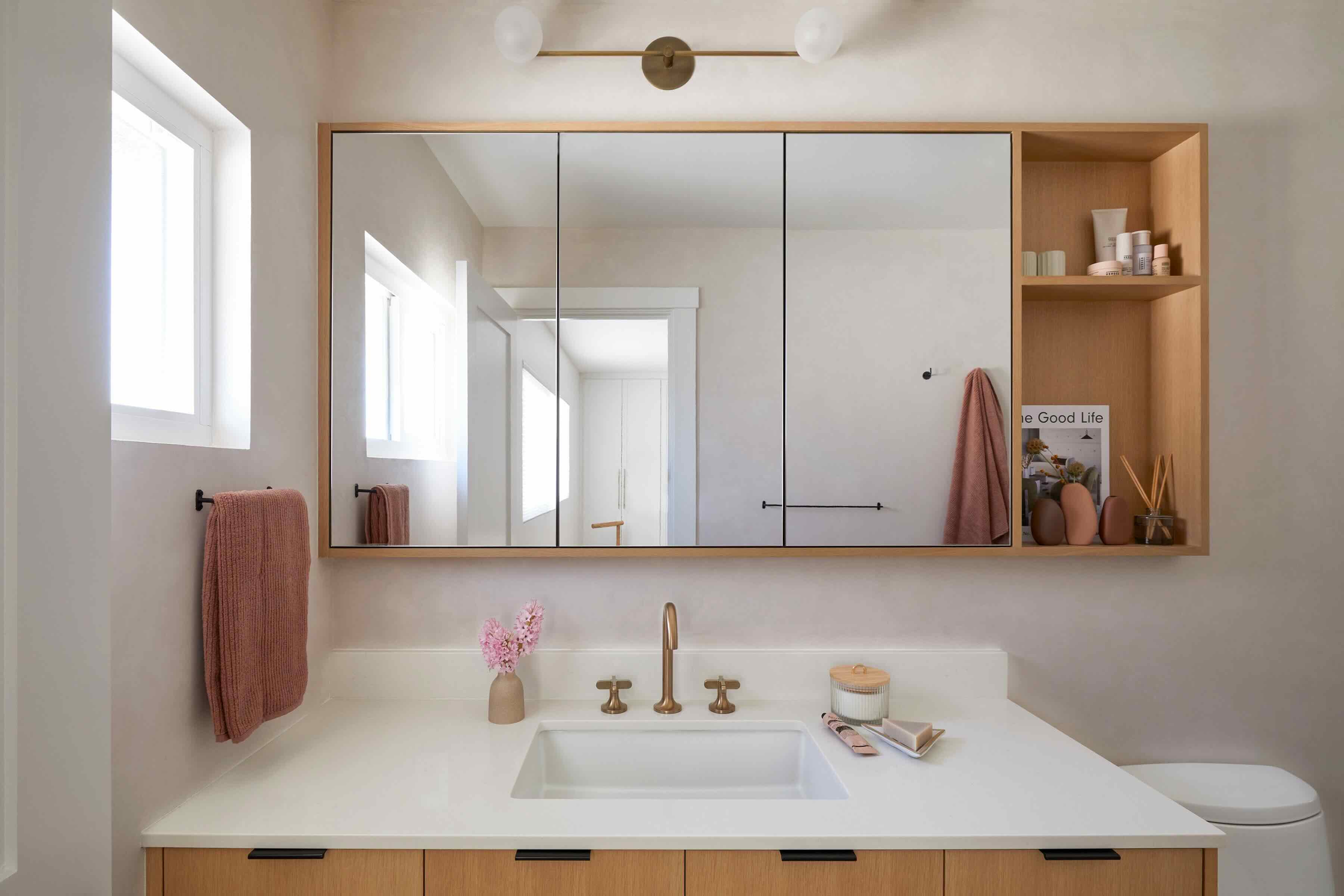

0 thoughts on “How To Cover A Medicine Cabinet Hole”